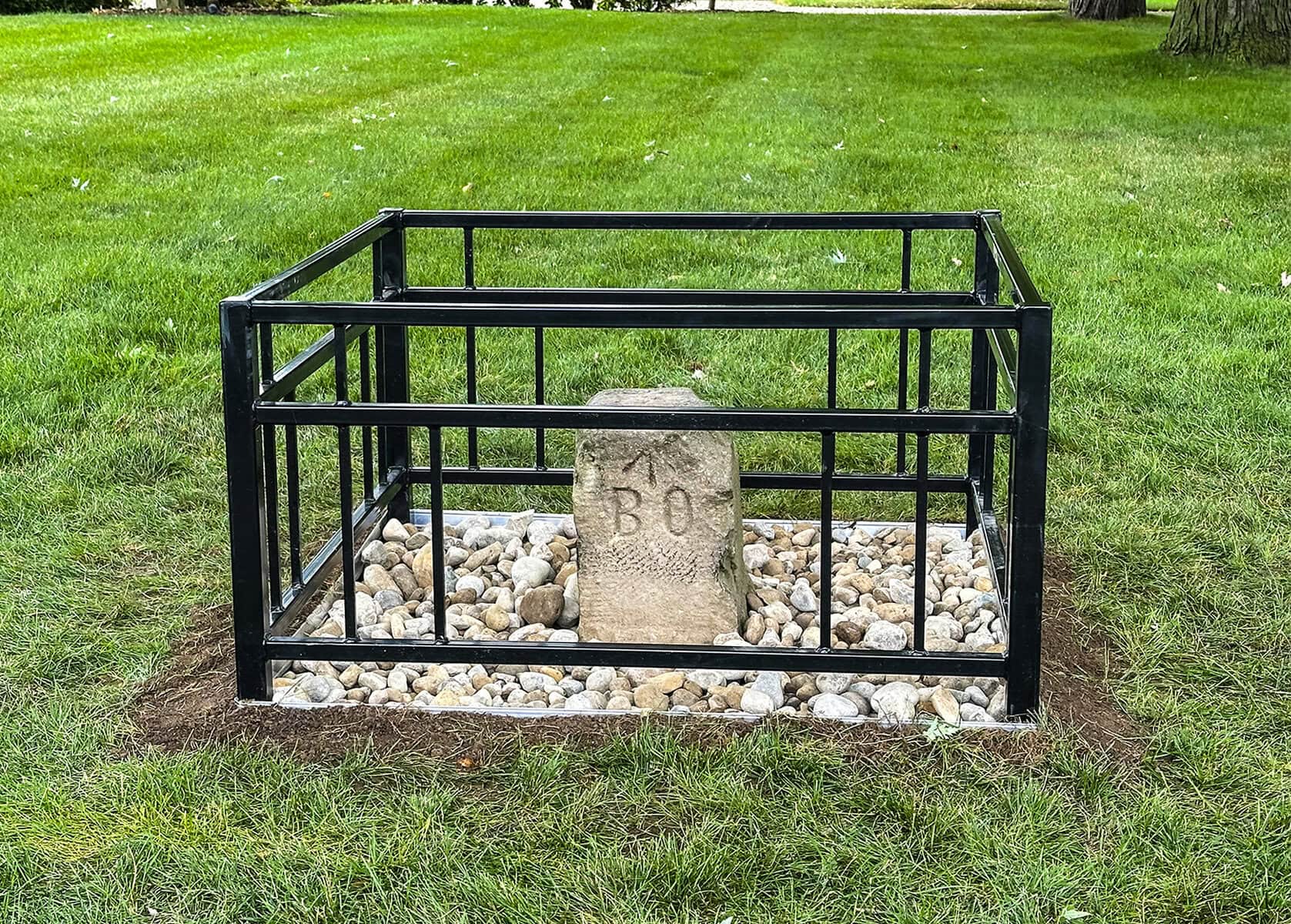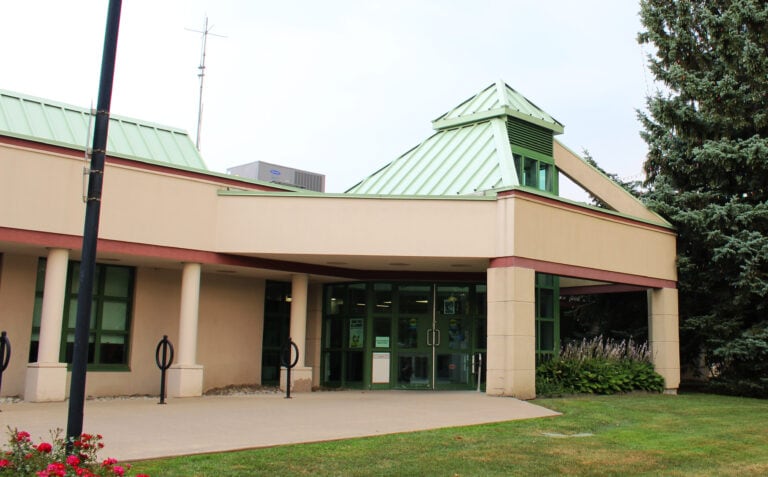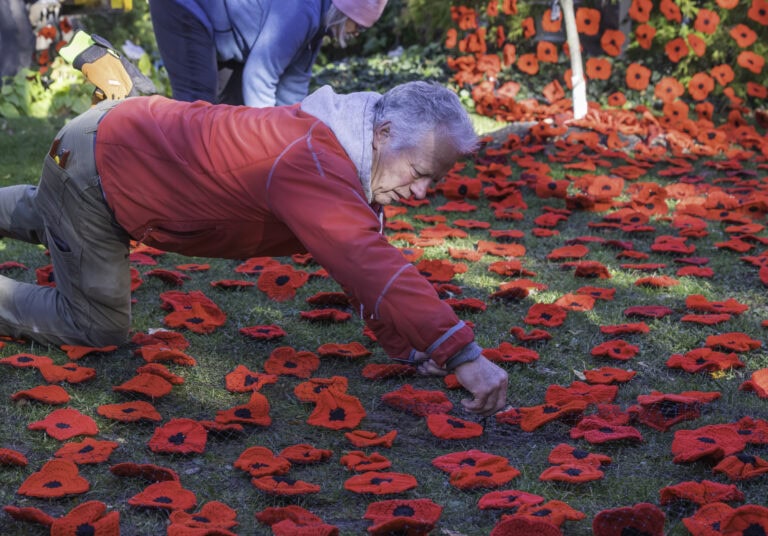There are times when sitting down to write this column, I feel like the harbinger of doom, far too often reflecting on events which threaten the history and social fabric of our country, province and town.
Issues like the lack of affordable housing for the younger generations, missing practical solutions for our senior population that encompass transitional considerations to allow for aging in place, the erosion — often outright destruction — of our cultural and built heritage, amongst other concerns, have tended to dominate the subject matter of the Arch-i-text lately.
These issues must be explored, discussed and become cause celebre amongst the voting public since all are of importance to the health and continuity of Canadian society at large and our community in specific.
That said, sometimes the negative “press of events” can lead us to believe that there are no “wins” to celebrate.
But, au contraire, there are.
Niagara-on-the-Lake is home to Canada’s only documented example of in-situ ordinance boundary stones.
For those who are unaware of what these are, the limestone pillars (three-quarters buried beneath the ground) were installed by the British Royal Engineers during the first half of the 19th century as physical survey markers to define the boundaries of military land reserves.
Of the 37 original stones (each carved with “BO” below a broad arrow and a number), 19 have been located — principally due to the efforts of NOTL resident Ted Rumble, who began as early as 2020 to advocate for the protection, preservation and restoration (conservation) of these invaluable historical artifacts.
It took a few years, but in 2023, town council approved a $5,000 budgetary line to address the stone located at Simcoe Park; however, no work actually commenced.
It wasn’t until the project was endorsed by the municipal heritage committee in 2024 that an additional $7,500 was allocated by council and a plan for proceeding evolved.
After surveyors carefully marked the exact location, in August, five of the identified stones were carefully excavated, a stable base installed below the marked location, reinstalled in the precise spot, backfilled and permanent metal protective guard rails erected around each of the stones.
Next year, there are plans in place to address more of the stones and, over time, all of the identified markers will be similarly conserved.
Incidentally, another 18 of the ordinance boundary stones remain missing in action — the original locations are generally known but may be overgrown by vegetation or sunk, rendering them difficult to find.
If you’d like to join the search, you can find further information at artsandculture.google.com, then looking up “Ordnance Boundary Stones of Niagara-on-the-Lake.“
That said, should you locate one of the missing stones, do not disturb it and promptly reach out to the folks at the NOTL museum and they’ll get your information to Ted Rumble.
Now, down in the Docklands, at the foot of Turntable Way and River Beach Drive, is the location of the old 19th-century turntable that rotated the steam engines which chugged in and out of Niagara-on-the-Lake during the latter half of the 19th century and the first half of the 20th century.
Originally a 60-foot-wide limestone ring, in the early 1990s, the town excavated the street to install underground infrastructure and a fair portion of the limestone blocks were removed.
While the town promised faithfully to reinstall the blocks and restore the turntable, it never happened and town residents (many from the Docklands) began a campaign for its restoration, which has stretched over three decades.
In the interim, all but seven of the 20 excavated blocks have been “misplaced” or lost. As a result, not only was it necessary for the residents to advocate action from the town, but they also had to replace the 13 missing Queenston limestone blocks.
Enter Frank Racioppo, president of the Queenston Quarry Reclamation Company, who straight-up donated two stones with the potential to yield three or four blocks.
Further, this worthy has suggested that, if sufficient stone is available (the quarry has long since been worked out), something might be worked out vis-à-vis further supply.
This week, after more than 30 years of resident advocacy, the restoration work of the turntable began and will stand at two-thirds restored, with the expectation that the ring will be completely closed and finished by the end of 2026.
It’s a success testament to perseverance.
Finally, the NOTL Senior Housing Advisory Committee — a volunteer-led initiative advocating for the development of senior-focused independent and assisted living facilities within the town — has recently been contacted by a socially responsible developer who is seeking community engagement in a study designed to better understand and serve the senior community’s needs around housing development in town.
And, personally knowing the founder of Elevate Living as an integris businessman with a record of needs-based community development grounded in new urbanism, this is not a smoke and mirrors public relations gambit.
It serves as another great example of how grassroots advocacy can effect change.
Finally, I’m off to a family get-together for a few days, so I will miss writing next week’s column. I’ll be rejoining the conversation in the Sept. 11 edition of the Lake Report.
Brian Marshall is a NOTL realtor, author and expert consultant on architectural design, restoration and heritage.










